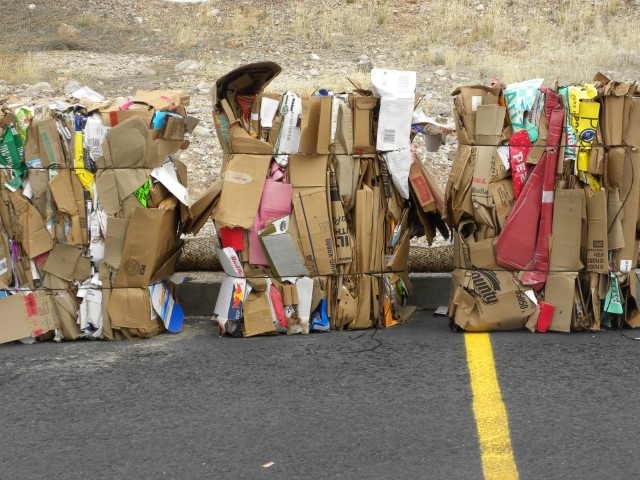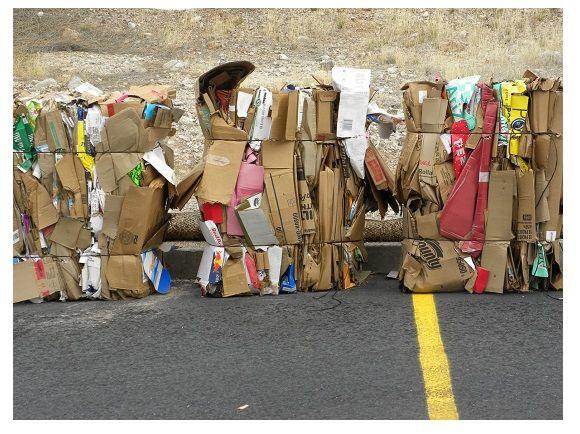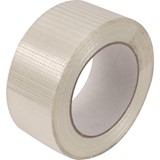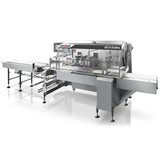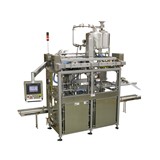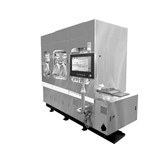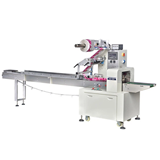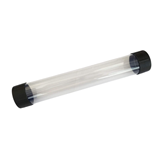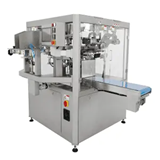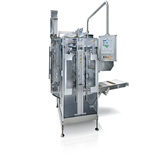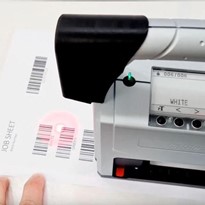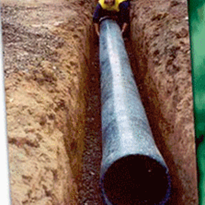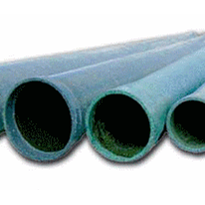Around 20 million of us have a smartphone. Access to the internet and handheld devices has pushed eCommerce sales to reach $35.56 billion in 2017. Australians are up there in the top 10 of global online shoppers. This is called the Amazon effect.
With this gargantuan rise of eCommerce in the last five to ten years, the world has seen enormous amounts of packaging used to freight online purchases. We see cardboard cartons packed with fillers, polystyrene, plastic doculopes attached to the outside of boxes, bubble wrap, tapes and sealers and plastic bags. It seems like everything we touch is wrapped in plastic. We are drowning in packaging waste.
Is recycling part of the solution?
Cardboard is made from wood pulp, so it is easy to draw a direct line between deforestation and the increase in eCommerce freight. How is the demand for wood pulp going to keep up with this astronomical demand? Recycling is part of the solution but how much packaging is actually recycled and how much natural material, like cardboard, is contaminated with plastic coating? It is estimated that less than 10% is recycled, meaning that most cartons end their life in landfills.
Cardboard isn’t the only culprit in single-use freight packaging. Plastic is also a recyclable commodity but around 90% of plastic is not recycled. Since the first year of commercial production of plastics 8.5 billion tonnes has been produced. Much of it has ended up in landfills, waterways and oceans causing so much harm to marine animals and birds.
eCommerce is not the only cause of packaging waste. Logistics companies use a lot of plastic pallet wrap, plastic and steel strapping, plastic edge protectors and pallets. While pallet wrapping is necessary to protect loads from the elements during shipping, it makes up tonnes of plastic waste. It can be recycled and there are companies around Australia that have recycling programs for this kind of waste.
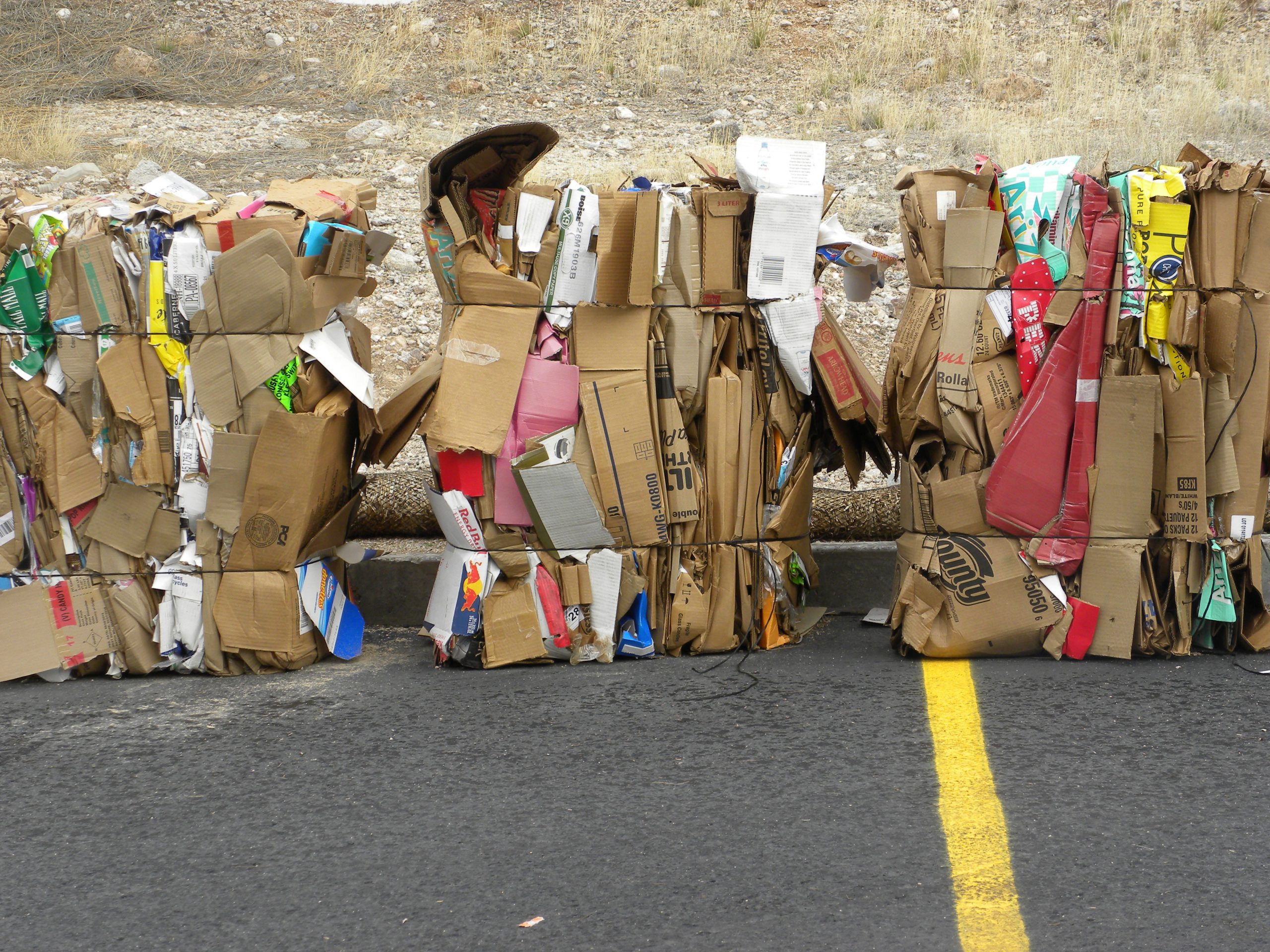
Brand image and corporate responsibility
Supply chain managers are in a powerful position to make an impact on company packaging processes. It is an opportunity to directly influence and promote sustainability and drive change towards greener practices. Most companies won’t have a choice soon as our Government will be introducing legislation that eliminates virgin packaging and requires the adoption of a more circular recycling economy.
Sustainability, carbon emissions and global warming are concerning more and more consumers. It is a critical time for our environment, and we all have a role to play. Logistics companies who have positive sustainability branding, proactively address plastic reduction and have a carbon footprint strategy are more likely to meet customer expectations. It makes good business sense to take on clean green brand identity and adopt packaging solutions that will impress your customers while reducing waste.
It’s a no brainer that sustainability sells. Being an industry leader in environmental packaging and sustainable business practices will win you customer loyalty and repeat business.
Cost-effective
By reducing the amount of packaging, you use to ship consumer goods saves you money on materials and saves freight costs because it’s lighter and takes up less room on a pallet or in a carton. Reduce your bottom line by choosing the right carton for the job and avoid the need for excessive void fill. If the goods are not fragile, consider freighting in flexible packaging such as biodegradable padded pouches and tough bags.
Greener packaging
There are industrial packaging supplies that are 100% biodegradable like void fillers for cartons made from corn starch, pre-stretched pallet wrap and gummed paper tapes made from natural Kraft paper. Kraft paper is one of the most affordable and sustainable void fillers and there are Kraft paper dispensers that scrunch it up perfectly for the job. Pallet wrap has strength and comes pre-stretched so less is needed than conventional films. Better still it is 100% recyclable.
Recycling
All plastic strapping is recyclable, not just steel strap. Polypropylene and polyester strapping can all be recycled. Cartons sealed with Kraft paper tape are easy to flatten down and recycle as you don’t need to tear off the tape like you do with cellophane or plastic tapes. Polybags used for posting smaller items can be recycled to produce more flexible packaging which creates a circular system.
Industry leaders
There are many companies and industry groups that are announcing greenhouse reduction targets and tackling packaging reduction.
Amazon has a mission to reduce environmental waste and reduce its environmental footprint with its Frustration-Free Packaging Program. Their aim is to provide ‘minimal, protective and functional packaging’ by eliminating clamshell plastic packets and optimising the original package to eliminate the need for additional packaging. The item will ship in its own packaging. They are changing the rules and mandating that packaging must be a rigid six-sided shape, padded bags and rigid envelopes are allowed. Polybags are off the cards, by 2022 Amazon will eliminate them from their supply chain.
Australia Post is leading the way by committing to use 80% recycled plastic in their postage satchels. Their satchels are now 100% recyclable and can be dropped off at a Redcycle collection point at major supermarkets across the country.
Unilever who owns the brands Dove, Ben & Jerry’s, Lipton and Omo is committed to creating a circular economy for its plastic production. By 2025 it will cut its virgin plastic use by half instead, including recycled plastic in its packaging and it will collect and process 600,000 tonnes of plastic annually.
Addressing your company packaging use
There really is no reason not to address packaging issues within your company. Consumers want it, other companies are changing and supplying less impactful solutions. It’s time to catch up if you haven’t developed a sustainable packaging and recycling policy. Reducing packaging waste and using recycled and innovative materials will only improve your bottom line in the long run. When we reduce waste, we inevitably improve efficiencies. That’s got to be good for the bottom dollar.
